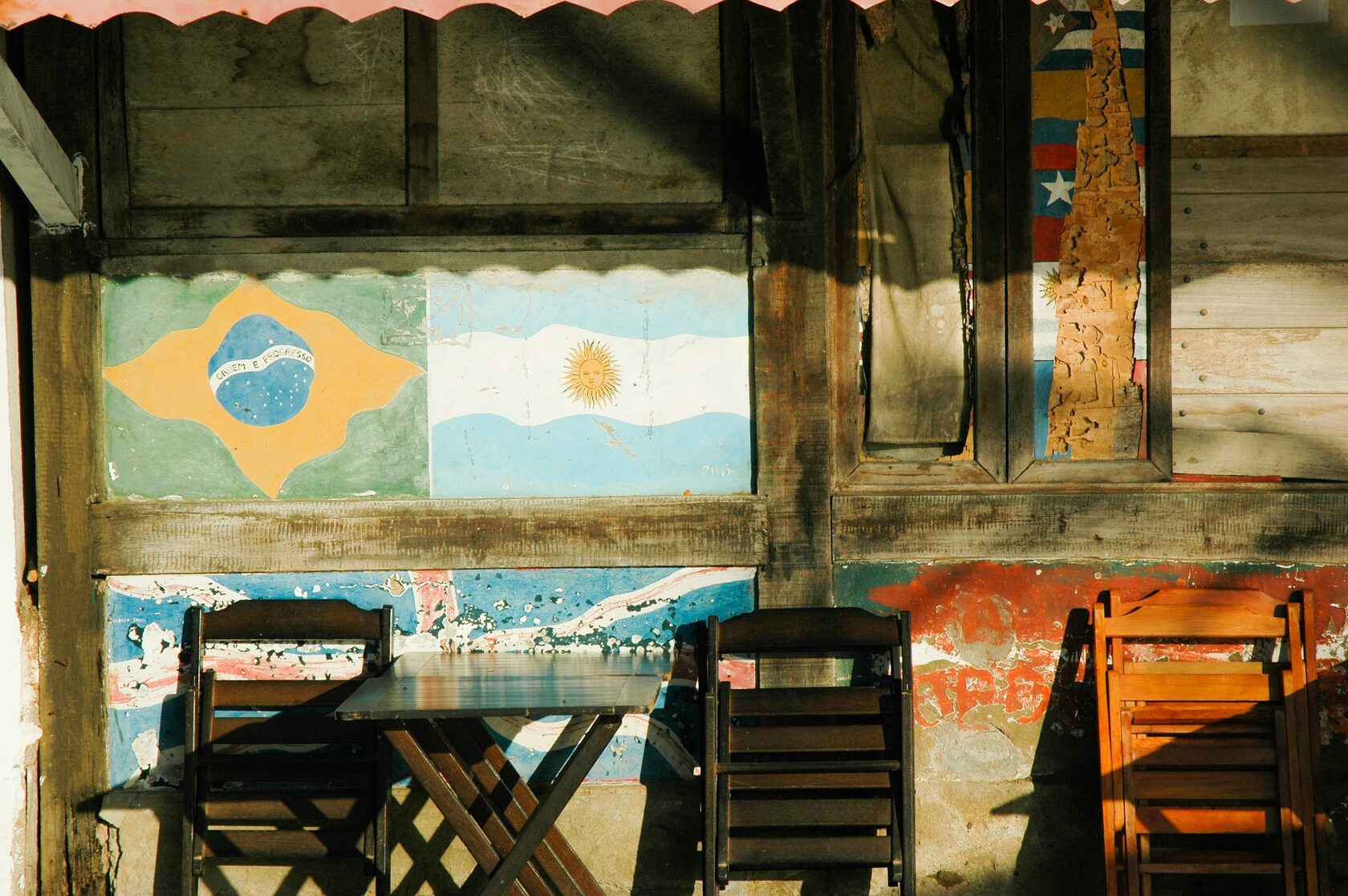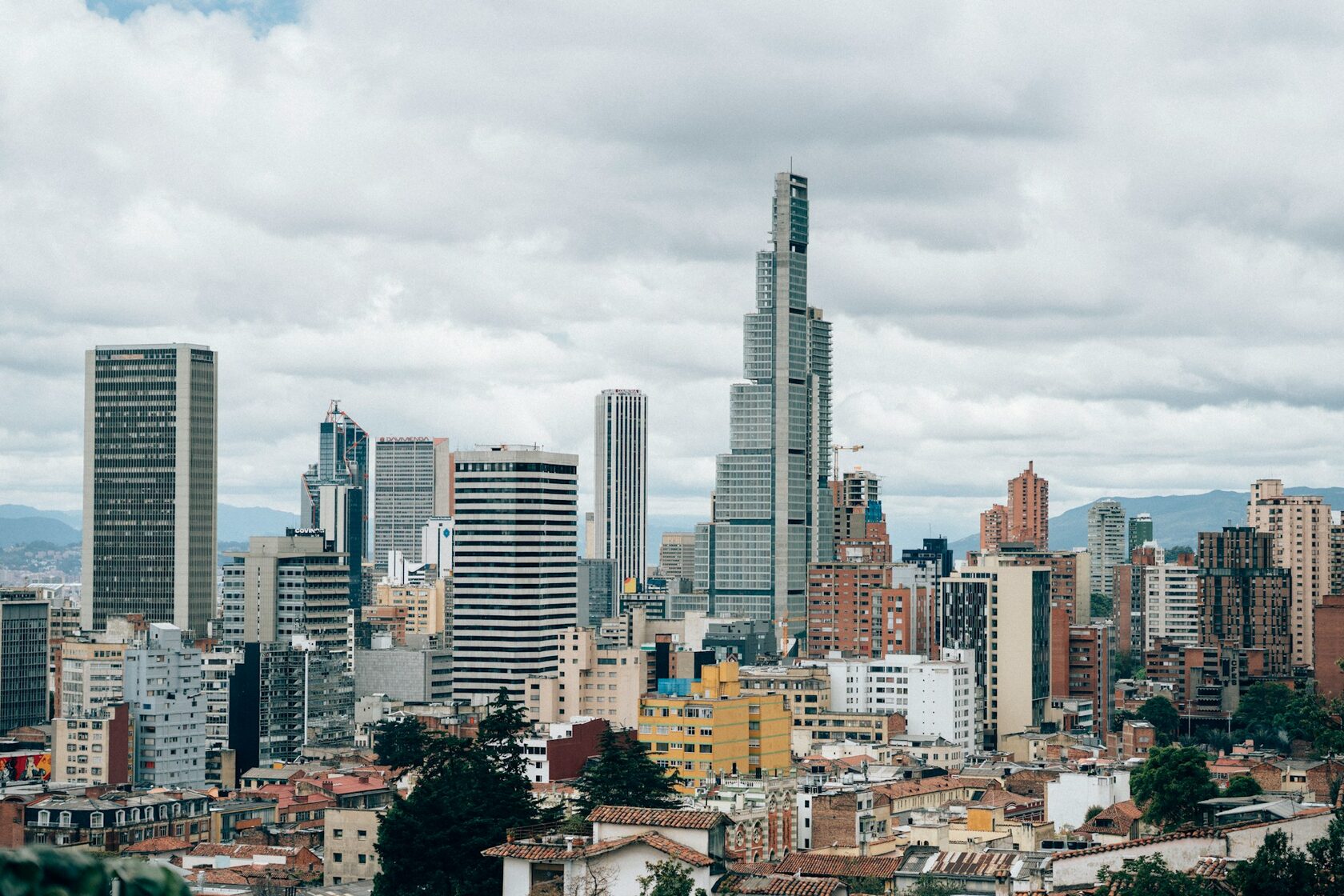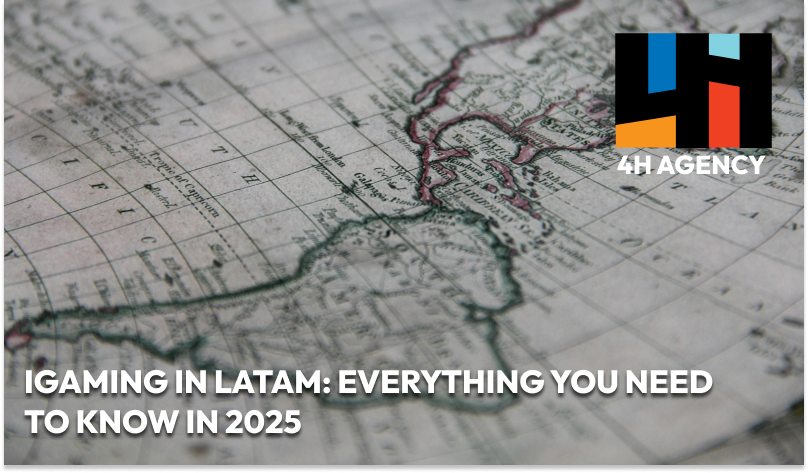Introduction: The Digital Pulse of Latin America
Latin America is home to over 662 million people across countries like Brazil, Mexico, Argentina, Colombia, Peru, and Chile – making it one of the most vibrant and high-potential regions for digital innovation. According to World Bank data, the region’s combined GDP reached $7.31 trillion in 2024, with an average per capita income of $11,044. Importantly, internet usage is widespread, with 82% of the population connected – laying the groundwork for a thriving digital economy.
As global financial systems evolve, Latin America online gambling 2025 is emerging within the context of a broader digital transformation. The region is known for leapfrogging traditional banking systems and embracing alternative payment infrastructures. Countries like El Salvador have gained international attention for their crypto-forward stance, while Brazil has adopted a more strategic path toward digital asset integration. These trends mirror developments in Africa and Southeast Asia, where crypto is adopted for its utility rather than speculation.
In high-inflation markets such as Argentina and Venezuela, where inflation reached 117% and 47% respectively in 2024, demand for stable digital assets like Bitcoin and USDC has surged. Crypto gambling LatAm is growing as digital assets become integral to saving, remittances, and digital commerce. Governments across the region are responding with regulatory pilots, digital currency experiments, and reforms aimed at integrating decentralized finance into national systems.
These trends are influencing the infrastructure that underpins iGaming in Latin America 2025 – from payment gateways and AML tools to compliance and tax systems. This article explores the region’s evolving digital landscape and what it means for stakeholders across the LATAM iGaming market.
As global financial systems evolve, Latin America online gambling 2025 is emerging within the context of a broader digital transformation. The region is known for leapfrogging traditional banking systems and embracing alternative payment infrastructures. Countries like El Salvador have gained international attention for their crypto-forward stance, while Brazil has adopted a more strategic path toward digital asset integration. These trends mirror developments in Africa and Southeast Asia, where crypto is adopted for its utility rather than speculation.
In high-inflation markets such as Argentina and Venezuela, where inflation reached 117% and 47% respectively in 2024, demand for stable digital assets like Bitcoin and USDC has surged. Crypto gambling LatAm is growing as digital assets become integral to saving, remittances, and digital commerce. Governments across the region are responding with regulatory pilots, digital currency experiments, and reforms aimed at integrating decentralized finance into national systems.
These trends are influencing the infrastructure that underpins iGaming in Latin America 2025 – from payment gateways and AML tools to compliance and tax systems. This article explores the region’s evolving digital landscape and what it means for stakeholders across the LATAM iGaming market.

Why LatAm iGaming Is on the Rise in 2025
The rise of online gambling in the region is fueled by 4 major drivers: mobile-first behavior, high digital literacy, increasing access to alternative payments, and cultural openness toward gambling. Mobile gaming in Latin America has become the dominant mode of engagement, with smartphones now ubiquitous across urban and rural populations alike.
Brazil leads the region, now ranked as the world’s largest regulated iGaming market with over 100 million active players and an annual revenues expecting to reach $7 billion by the end of 2025. Sports betting LatAm-wide is surging, led by football, which remains the dominant sport across nearly all markets.
Other standout markets include:
• Colombia, which has become a regulatory success story and hosts over 15 international operators.
• Mexico, Argentina, and Peru, which continue to show steady growth thanks to new regulation, strong local demand, and platform innovation.
Gaming preferences are diverse. Casino games in Latin America include slots, table games, crash formats, and arcade-style fish games. Bingo and lottery Latin America offerings remain popular, especially in Mexico and Brazil. Real-time formats,such as in-play betting and esports betting LatAm, are becoming more prominent as players seek immediacy and interactivity.
Still, success is not guaranteed. Scaling in the LATAM iGaming market requires careful navigation of fragmented regulation, varied player maturity, and technical complexity. Seamless streaming, localized content, and trusted payment solutions are essential to compete.
Brazil leads the region, now ranked as the world’s largest regulated iGaming market with over 100 million active players and an annual revenues expecting to reach $7 billion by the end of 2025. Sports betting LatAm-wide is surging, led by football, which remains the dominant sport across nearly all markets.
Other standout markets include:
• Colombia, which has become a regulatory success story and hosts over 15 international operators.
• Mexico, Argentina, and Peru, which continue to show steady growth thanks to new regulation, strong local demand, and platform innovation.
Gaming preferences are diverse. Casino games in Latin America include slots, table games, crash formats, and arcade-style fish games. Bingo and lottery Latin America offerings remain popular, especially in Mexico and Brazil. Real-time formats,such as in-play betting and esports betting LatAm, are becoming more prominent as players seek immediacy and interactivity.
Still, success is not guaranteed. Scaling in the LATAM iGaming market requires careful navigation of fragmented regulation, varied player maturity, and technical complexity. Seamless streaming, localized content, and trusted payment solutions are essential to compete.
Operator Activity & Market Entry
The LATAM iGaming market is evolving from early-stage experimentation to strategic regional expansion. Brazil again dominates in terms of operators activity, attracting the majority of new deals in sponsorship, content integration, and platform partnerships. However, countries like Argentina, Mexico, Colombia, and Peru are also building momentum.
Key trends defining iGaming in Latin America 2025:
• Content remains central. Over 50% of deals involve game delivery, with studios such as Pragmatic Play, Yggdrasil, and Hacksaw Gaming leading.
• Platform partnerships are growing. Providers like Sportingtech, GiG, and Kambi are expanding infrastructure where regulation is evolving or payments are complex.
• Football sponsorships drive visibility. Record deals in Brazil – like Betano with Flamengo – are pushing brand saturation.
• LATAM-wide deals are increasing, replacing isolated country launches with regional strategies.
Most active geographies include:
• Brazil – over 200 authorized brands with a focus on marketing and high-volume launches.
• Argentina – fragmented licensing across provinces but growing steadily.
• Mexico – hybrid market with frequent content updates.
• Colombia & Peru – stable regulatory environments attracting consistent B2B engagement.
Overall, the LATAM iGaming market is entering a phase of regional maturity, where scale will depend on technology, content quality, and local alignment.
Key trends defining iGaming in Latin America 2025:
• Content remains central. Over 50% of deals involve game delivery, with studios such as Pragmatic Play, Yggdrasil, and Hacksaw Gaming leading.
• Platform partnerships are growing. Providers like Sportingtech, GiG, and Kambi are expanding infrastructure where regulation is evolving or payments are complex.
• Football sponsorships drive visibility. Record deals in Brazil – like Betano with Flamengo – are pushing brand saturation.
• LATAM-wide deals are increasing, replacing isolated country launches with regional strategies.
Most active geographies include:
• Brazil – over 200 authorized brands with a focus on marketing and high-volume launches.
• Argentina – fragmented licensing across provinces but growing steadily.
• Mexico – hybrid market with frequent content updates.
• Colombia & Peru – stable regulatory environments attracting consistent B2B engagement.
Overall, the LATAM iGaming market is entering a phase of regional maturity, where scale will depend on technology, content quality, and local alignment.
Regulatory Landscape in 2025 LatAm iGaming
The regulatory framework for online gambling in Latin America is both dynamic and fragmented. In 2025, the region presents a mixed picture: while many countries have taken steps toward formal regulation, others remain in legal limbo, and several continue to rely on outdated or monopoly-based models.
A growing number of jurisdictions now operate under structured regulatory systems. As of 2025, the following countries have fully or partially regulated iGaming markets.
A growing number of jurisdictions now operate under structured regulatory systems. As of 2025, the following countries have fully or partially regulated iGaming markets.
Brazil
The region’s largest and most influential market, with full federal licensing for sports betting and online casino games under Law 14.790. Local regulations are updated almost every week, which has both advantages and drawbacks. On the one hand, the legal framework in Brazil is evolving and becoming clearer; on the other hand, authorities occasionally propose risky measures, such as tax increases or advertising bans.
Colombia
A pioneer in Latin America gambling regulation since 2016, operating under a well-established framework managed by Coljuegos. The regulation is more stable and predictable than in other Latin American countries, although there is still a risk of increased taxation – 2024 presidential decree now imposes 19% VAT on all player deposits – not GGR – triggering a downturn in deposits and profitability. Legal appeals are ongoing, and the tax may expire at year-end depending on a Constitutional Court ruling.
Mexico
A mature but still evolving market with federal-level oversight and growing B2B integrations. Mexico has the most complicated regulation in the entire region. This is mainly due to outdated legislation and numerous amendments, some of which contradict each other, resulting in unclear and inconsistent rules and licensing conditions.
Peru
Officially regulated since late 2024, with one of the most detailed licensing systems in the region. An active and liberal regulator provides favorable conditions for market entry and operation, with no major regulatory risks expected in the foreseeable future, except for taxation increase. Peru implemented a 1% turnover-based tax on online bets – later reduced to 0.3% until mid-2025. The tax is in addition to the 12% GGR tax already in place. Stakeholders warn that taxing per bet disproportionately impacts high-frequency games and could drive players toward illegal sites.
Argentina
Regulated at the provincial level; jurisdictions like Buenos Aires lead in operator licensing, though nationwide consistency is lacking. The absence of unified regulation, as in Brazil, has resulted in a fragmented system. Operators cannot cover the entire country but must instead obtain local licenses in individual provinces, each with its own rules, fees, and conditions.
Other Countries
• Dominican Republic, El Salvador, Ecuador, Nicaragua, Panama, Paraguay, and Puerto Rico (partial) – have adopted or are implementing regulatory frameworks to legalize and control online gambling activities. These are emerging markets whose future development will depend on the regulatory model they choose and how active and liberal their approach to the industry will be.
There are also several countries continue to rely on state-run monopolies or operate in legal gray areas:
• Uruguay, Costa Rica, and Chile maintain government monopolies over various forms of gambling, though private online operators are often tolerated without formal licensing.
• Bolivia, Guatemala, Honduras, and Venezuela remain largely unregulated. In these markets, the absence of defined rules creates both opportunity and risk – foreign operators can attract players but face significant legal uncertainty and enforcement gaps.
A noticeable split is forming across the region:
• On one side, Brazil, Colombia, Argentina, Dominican Republic, and Mexico are tightening oversight, introducing more complex licensing schemes, and increasing enforcement capacity.
• On the other, Paraguay, Ecuador, Chile, Costa Rica, and Puerto Rico are trending toward liberalization – reducing entry barriers, expanding permitted activities, and modernizing frameworks to attract investment.
These shifts signal that Latin America online gambling 2025 is maturing, with regulators moving toward structured compliance as a baseline for long-term industry stability. Though, despite progress, risks persist – e.g. new tax models in Colombia and Peru threaten the viability of regulated operators and highlight the need for balanced fiscal policy. As more LATAM markets open, finding the right fiscal balance will be key to retaining licensed operators and achieving meaningful channelization.
There are also several countries continue to rely on state-run monopolies or operate in legal gray areas:
• Uruguay, Costa Rica, and Chile maintain government monopolies over various forms of gambling, though private online operators are often tolerated without formal licensing.
• Bolivia, Guatemala, Honduras, and Venezuela remain largely unregulated. In these markets, the absence of defined rules creates both opportunity and risk – foreign operators can attract players but face significant legal uncertainty and enforcement gaps.
A noticeable split is forming across the region:
• On one side, Brazil, Colombia, Argentina, Dominican Republic, and Mexico are tightening oversight, introducing more complex licensing schemes, and increasing enforcement capacity.
• On the other, Paraguay, Ecuador, Chile, Costa Rica, and Puerto Rico are trending toward liberalization – reducing entry barriers, expanding permitted activities, and modernizing frameworks to attract investment.
These shifts signal that Latin America online gambling 2025 is maturing, with regulators moving toward structured compliance as a baseline for long-term industry stability. Though, despite progress, risks persist – e.g. new tax models in Colombia and Peru threaten the viability of regulated operators and highlight the need for balanced fiscal policy. As more LATAM markets open, finding the right fiscal balance will be key to retaining licensed operators and achieving meaningful channelization.

Game Preferences in Latin America
Understanding player preferences is essential to sustainable success in the LATAM iGaming market. In 2025, demand is shaped by mobile access, cultural affinity, and fast-paced formats.
Top casino games in Latin America include:
• Slots – mobile-friendly and customizable.
• Table games – blackjack and roulette retain strong followings.
• Crash games – fast, high-risk formats popular among Gen Z players.
• Fish games – arcade-style, visually engaging.
• Bingo and lotteries – especially popular in Mexico and Brazil.
Sports betting LatAm-wide remains dominant. Football leads, followed by volleyball, MMA, jiu-jitsu, basketball, and motorsports. Real-time betting and esports are gaining ground, particularly during tournaments and league play.
Top casino games in Latin America include:
• Slots – mobile-friendly and customizable.
• Table games – blackjack and roulette retain strong followings.
• Crash games – fast, high-risk formats popular among Gen Z players.
• Fish games – arcade-style, visually engaging.
• Bingo and lotteries – especially popular in Mexico and Brazil.
Sports betting LatAm-wide remains dominant. Football leads, followed by volleyball, MMA, jiu-jitsu, basketball, and motorsports. Real-time betting and esports are gaining ground, particularly during tournaments and league play.
Payments & Financial Infrastructure
Payment systems in Latin America are as diverse as its markets. Players demand speed, convenience, and local relevance.
Credit and debit cards remain common, but digital wallets like Skrill and Neteller are gaining ground. Prepaid vouchers and cash-based methods still matter in unbanked regions. Crypto gambling LatAm is on the rise, with Bitcoin, Ethereum, and stablecoins becoming mainstream in Brazil, Argentina, and Mexico. Players value anonymity, speed, and lower fees. As regulation adapts, digital assets may play a larger role in Latin America online gambling 2025.
PIX in Brazil is a model for frictionless, instant payments that improve onboarding and retention.
Credit and debit cards remain common, but digital wallets like Skrill and Neteller are gaining ground. Prepaid vouchers and cash-based methods still matter in unbanked regions. Crypto gambling LatAm is on the rise, with Bitcoin, Ethereum, and stablecoins becoming mainstream in Brazil, Argentina, and Mexico. Players value anonymity, speed, and lower fees. As regulation adapts, digital assets may play a larger role in Latin America online gambling 2025.
PIX in Brazil is a model for frictionless, instant payments that improve onboarding and retention.
Future Outlook
The LATAM iGaming market is projected to reach $10-12 billion by 2028. Brazil will drive more than half of that growth, followed by Mexico, Colombia, Argentina, and Peru.
Emerging growth areas include:
• Esports betting LatAm, projected to generate over $200 million in 2025.
• Instant payments and wallet infrastructure.
• Responsible gaming enforcement, with more regulators requiring operator-led safeguards.
iGaming in Latin America 2025 is entering a new phase – one defined by regional integration, local market maturity, and regulatory evolution. For stakeholders who understand the nuances and invest accordingly, the potential remains unmatched.
Emerging growth areas include:
• Esports betting LatAm, projected to generate over $200 million in 2025.
• Instant payments and wallet infrastructure.
• Responsible gaming enforcement, with more regulators requiring operator-led safeguards.
iGaming in Latin America 2025 is entering a new phase – one defined by regional integration, local market maturity, and regulatory evolution. For stakeholders who understand the nuances and invest accordingly, the potential remains unmatched.



